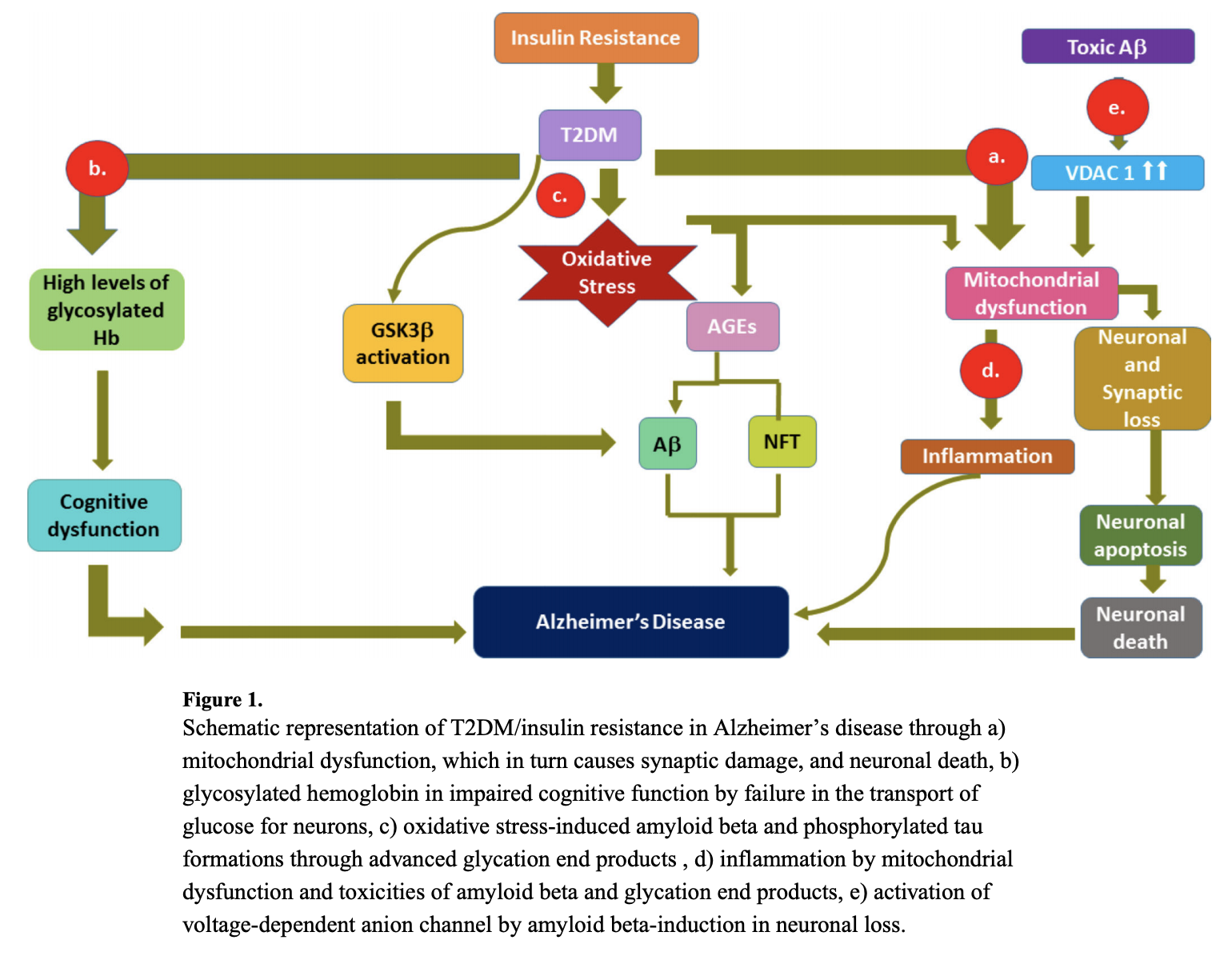

Which type of exercise is best?Īim for at least 150 minutes of moderate intensity exercise each week.

For this reason, it is suggested not to let more than 48-72 hours pass between exercise sessions for maximum benefit. The effect of exercise on insulin sensitivity peaks at 24 hours after exercising and lasts for up to 72 hours. Exercise lubricates these locks, allowing insulin (the key) to bind to a receptor (the lock) so the door can open and glucose can enter the cell. Exercise protects against Alzheimer’s and other types of dementia by stimulating the brain’s ability to maintain old connections as well as make new ones.Įxercise makes every cell in the body more sensitive to insulin – it is like WD40 for the rusty locks and keys in the doors to the cells. What’s more, exercise can also slow further deterioration in those who have already started to develop cognitive problems. How can exercise help?Īccording to the Alzheimer’s Research & Prevention Foundation, regular physical exercise can reduce your risk of developing Alzheimer’s disease by up to 50%. While Alzheimer’s disease does also develop without having high blood glucose levels, having type 2 diabetes appears to accelerate the progression of Alzheimer’s. Furthermore, research has found deposits of amyloid beta protein in the pancreas of people with type 2 diabetes a similar protein has been found to deposit in the brain tissue of people with Alzheimer’s disease. People that have insulin resistance, in particular those with type 2 diabetes, have a 50% to 65% increased risk of suffering from Alzheimer’s disease. In type 3 diabetes the brain cells, called neurons, become starved of glucose, which in turn can lead to a progressive reduction in memory, reasoning, judgement and insight that characterises Alzheimer’s disease.

In type 2 diabetes, this leads to high blood glucose levels in the bloodstream and feelings of weakness and fatigue. The result is that less glucose is able to enter into the cells. In type 2 and type 3 diabetes the body becomes less sensitive to insulin it is like the locks and keys for the doors to the cells are rusty and don’t fit in as easily anymore. These activities include concentration, alertness, attention, decision-making, organisation, memory, awareness, personality, speaking, motor skills, self-monitoring and inhibition of behaviour.Ī staggering 20% or more of the body’s glucose supply is used to fuel these brain activities. Muscle cells can use glucose and fats to fuel movement however brain cells rely fully on glucose to fuel it’s activities. It’s job is to open the doors that allow glucose to enter the body’s cells from the bloodstream. It is not yet a medical term or a recognised condition, but is a term now used in research looking into the causes of Alzheimer’s disease. Type 3 diabetes is a title that has been proposed for Alzheimer’s disease which results from resistance to insulin in the brain.


 0 kommentar(er)
0 kommentar(er)
